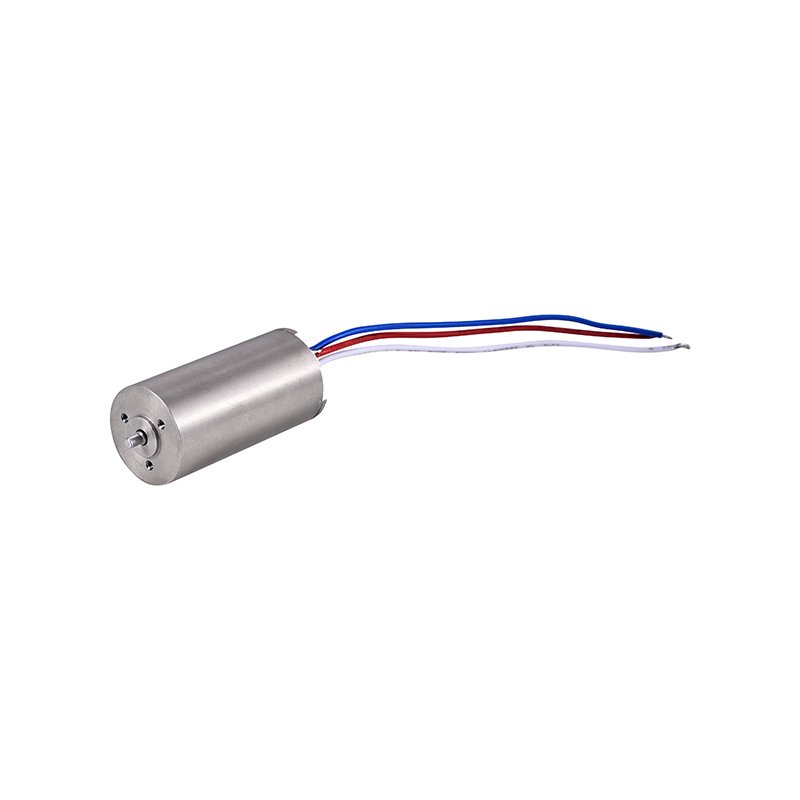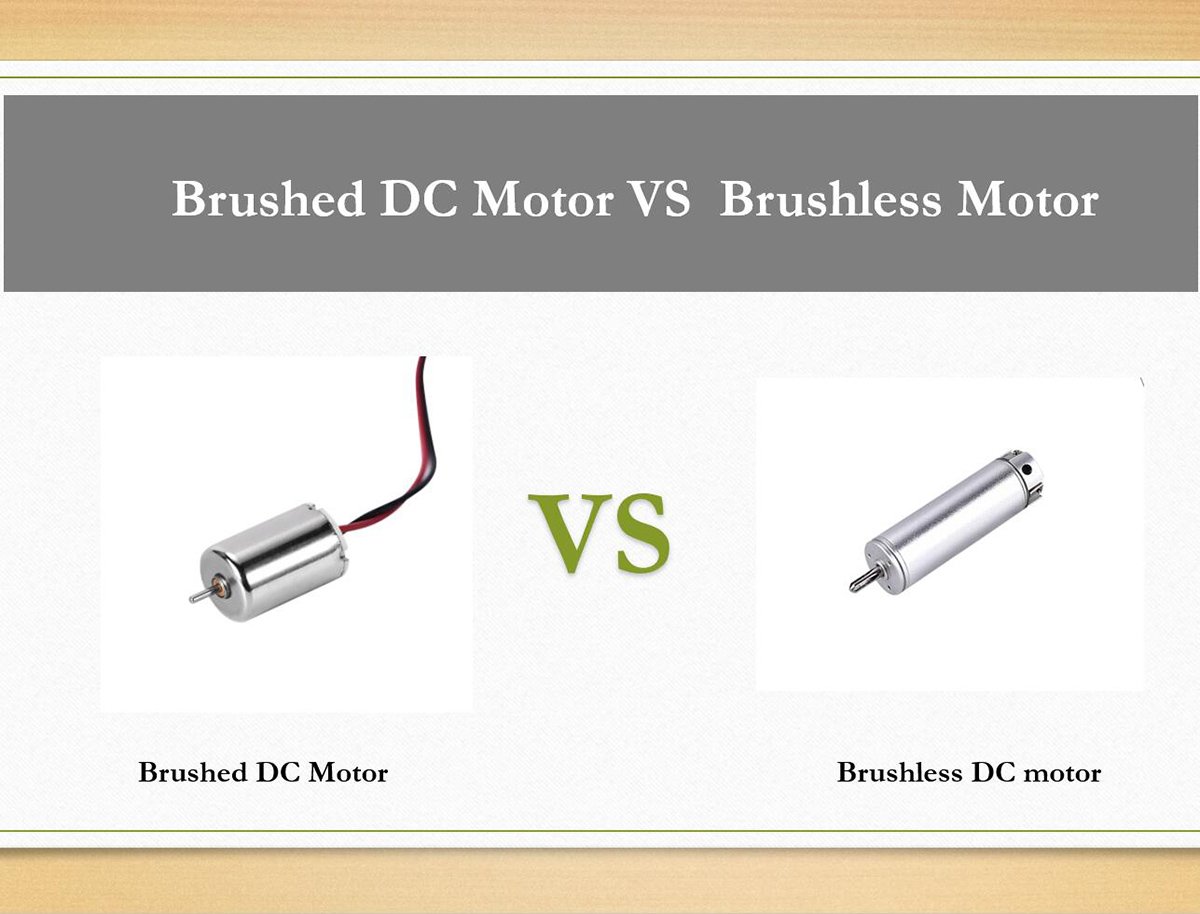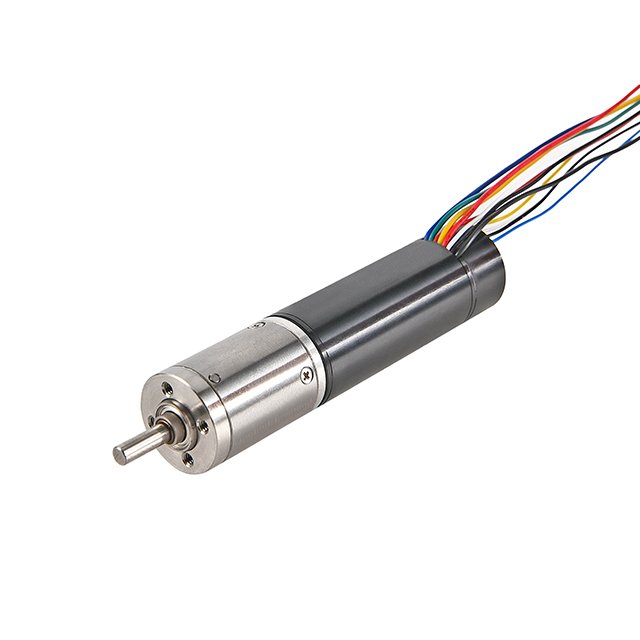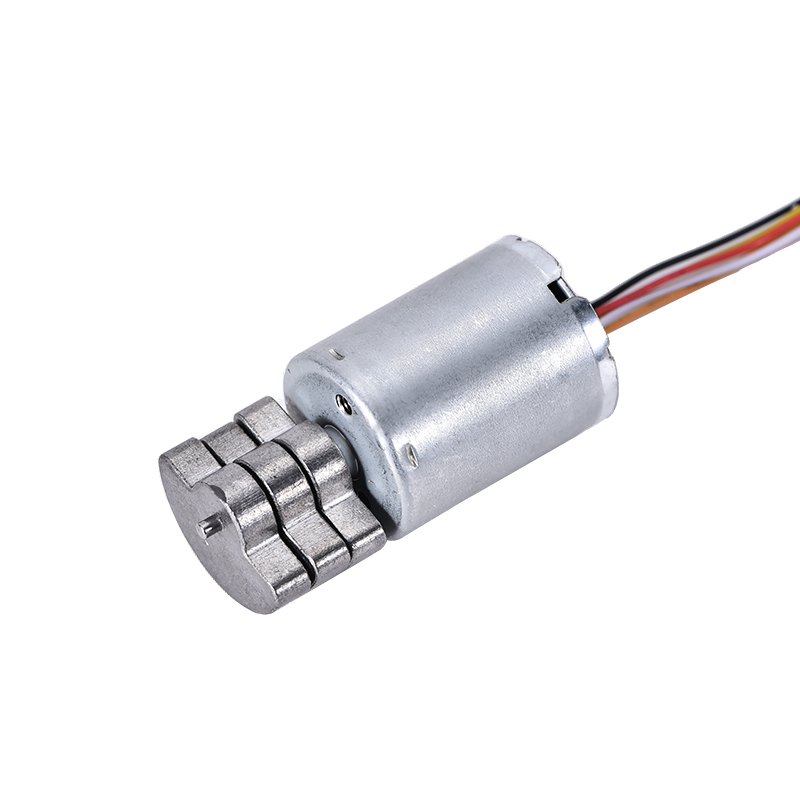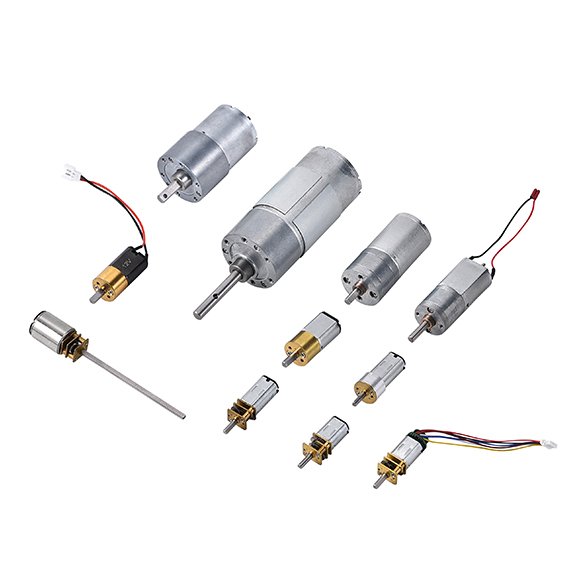You often encounter three key brushless motor sizes: 2204, 2836, and 5055. Each size offers specific stator dimensions that directly influence torque, load inertia, and speed. When you select the right size, you improve project performance and efficiency. Recent industry data shows that the market for these motors reached USD 2.85 billion in 2024, with growth driven by advanced technology and energy efficiency:
Aspect | Details |
|---|---|
Market Size (2024) | USD 2.85 billion |
Projected Market Value (2033) | USD 5.33 billion |
CAGR (2025-2033) | 7.2% |
Key Growth Factors | Technological advancements, demand for superior performance |
Choose carefully to match your application needs and achieve optimal results.
Key Takeaways
Understand the three key brushless motor sizes: small, medium, and large. Each size has unique specifications that affect performance.
Choose the right motor size based on your application needs. Consider factors like torque, speed, and load capacity for optimal results.
Use the numeric sizing system to compare motors easily. The first two digits indicate diameter, while the last two indicate height in millimeters.
Evaluate efficiency and power requirements. Brushless motors offer higher efficiency and lower maintenance compared to brushed motors.
Follow a clear selection process. Determine voltage, current, and size constraints to ensure the motor fits your design and performance needs.
1. Small Brushless Motor Sizes
Numeric Sizing & Stator Dimensions
You will often see small brushless motor sizes labeled with codes like 0802 or 1103. These codes tell you the stator dimensions in millimeters. The first two digits show the diameter, and the last two show the height. For example, a 1000 motor has a stator size of 25 × 12 mm. This sizing system helps you quickly compare different brushless motor sizes for your application.
Motor Code | Stator Size (mm) | KV Range | Use Case | Max Power (W) |
|---|---|---|---|---|
1000 | 25 × 12 | 3000-5000 | 1/18 Cars | 300 |
Tip: Stator dimensions affect torque and speed. A larger diameter usually means more torque, while a taller stator can increase speed.
Typical Specs & Power Density
Small brushless motors often run at 12V or 24V. You can expect rated currents around 1.38A to 2.75A, with rated speeds near 5560 rpm and no-load speeds up to 7000 rpm. These motors deliver high power density in a compact size, making them ideal for portable devices. The chart below shows how max power varies by motor code:

Applications in Engineering
You will find small brushless motor sizes in many engineering fields. Here are some common application examples:
Application | |
|---|---|
Robotics | Strong torque, smart control for accuracy and smooth operation |
Drones | Lightweight, strong power, speed variability for maneuverability |
Medical Devices | Compact size, high efficiency for precision and safety |
Industrial Equipment | Small size, strong power for accuracy and dependability |
These motors support precise speed control and reliable load torque delivery, which is essential for sensitive tasks.
Selection Criteria
When you choose a small brushless motor, focus on these selection factors:
Motor accuracy and precision: Important for repeatable performance.
Efficiency: Impacts battery life and heat.
Size: Must fit your device.
Lifetime: Longer life reduces maintenance.
Output torque: Must match your load.
Speed: Choose based on your application.
Voltage and power: Ensure safe and efficient operation.
Reliability: Especially important for medical devices.
Application requirements: Match motor specs to your needs.
You can improve performance by matching the right brushless motor sizes to your application and load.
2. Medium Brushless Motor Sizes
Numeric Sizing & Stator Dimensions
You often see medium brushless motor sizes labeled as 2836, 3650, or 4250. These codes show the stator dimensions in millimeters, with the first two digits for diameter and the last two for height. For example, a 3650 motor has a stator diameter of 36 mm and a height of 50 mm. This sizing helps you compare motors for your application and ensures you select the right size for your project.
Performance Characteristics
Medium brushless motors deliver strong torque and high efficiency. You benefit from the absence of brushes, which reduces mechanical energy loss and increases efficiency to 85-90%. These motors provide substantial starting torque, and the torque-speed curve depends on supply voltage, winding resistance, and external load. You can see typical values in the table below:
Motor Model | Torque (oz-in) | Efficiency (%) |
|---|---|---|
BLF60 | 90.6 – 180 | 85 – 95 |
BLF80 | 293 – 453 | 85 – 95 |
BLWR23 | 2.8 – 56.6 | 85 – 95 |
Common Uses
You find medium brushless motor sizes in many engineering application examples. These motors power automotive systems like fuel pumps and electronic steering, where high-speed control accuracy matters. Aerospace engineers use them in centrifuges, pumps, and robotic arms for reliability and performance. Home appliances such as washers, dryers, and refrigerators rely on these motors for variable load and speed control. Air conditioner compressors often run at speeds from 500 to 7,500 RPM, while fuel pumps adjust speed to maintain constant pressure.
Tip: Medium brushless motors excel in speed control and handle changing load torque with ease.
Selection Criteria
When you choose a medium brushless motor, focus on these selection factors:
Voltage requirements: Match the motor to your system voltage.
Torque and load demands: Check both starting and continuous torque for your application.
Speed (RPM): Select the right speed for your performance needs.
Duty cycle and operating time: Decide if you need continuous or intermittent operation.
Size and mounting constraints: Make sure the motor fits your available space.
Power output: Confirm the motor meets your power needs.
Features: Look for extras like built-in encoders or gearboxes.
You improve your project’s reliability and efficiency by matching brushless motor sizes, dimensions, and selection criteria to your application.
3. Large Brushless Motor Sizes

Numeric Sizing & Stator Dimensions
You will often see large brushless motor sizes labeled as 5055, 6374, or 80100. These numbers show the stator dimensions in millimeters. For example, a 6374 motor has a stator diameter of 63 mm and a height of 74 mm. This sizing system helps you compare motors quickly and choose the right size for your application. Large motors have bigger stators, which means more room for windings and magnets. This design increases both torque and power output.
High Torque & Load Capacity
Large brushless motors deliver high torque and can handle heavy loads. You get strong starting torque, which is important for moving large machines or equipment. These motors also provide stable speed, even when the load changes. You can rely on them for applications that need both high power and precise speed control. Their robust construction supports high efficiency and durability, so you can use them in demanding environments.
Industrial Applications
You will find large brushless motor sizes in many industrial sectors. Common uses include:
Industrial automation
Power tools
Home appliances
Robotics
Drones
Electric vehicles
Aerospace applications
These sectors require motors with high power output, strong torque, compact size, and reliable performance. You also need motors that work well in different environmental conditions. Large brushless motors meet these needs by offering efficiency, durability, and excellent speed control.
Selection Criteria
When you select a large brushless motor, focus on these key criteria:
Criteria | Description |
|---|---|
Power Requirements | Define the power needed for your application. |
Voltage Ratings | Match the motor voltage to your system, such as 12V, 24V, 36V, or 48V DC. |
Current Ratings | Check the maximum current draw for safe and efficient operation. |
Size and Weight | Ensure the motor fits your design and does not cause vibration issues. |
Environmental Conditions | Choose the right IP rating for protection and durability. |
Efficiency | Look for high efficiency to manage heat and maintain stable performance. |
Control Options | Decide on feedback and control features for your application. |
Tip: Always match the torque and speed requirements to your load. Consider the size and mounting options to avoid alignment problems. Evaluate environmental conditions to ensure long-lasting performance.
Motor Sizing Guide
Selection Steps
Choosing the right brushless motor size for your project starts with a clear process. Follow these steps to make your motor sizing decisions easier:
Determine your voltage and current requirements. Check your power supply and system limits.
Identify your speed and torque requirements. Think about how fast and how strong your motor needs to be.
Measure your size and weight constraints. Make sure the motor fits your design and does not add too much weight.
Look for compatible motor mounting options. Confirm the motor can be installed securely in your application.
Consider motor efficiency. Select a motor that delivers the power you need without wasting energy.
Tip: Always review your application’s needs before finalizing your motor sizing selection.
Key Criteria: Torque, Load Inertia, Speed
You need to evaluate three main criteria for proper motor sizing:
Torque: Calculate both continuous and peak torque. Continuous torque keeps your system running, while peak torque handles acceleration and deceleration.
Load inertia: Find the mass or inertia of your load. This affects how quickly your motor can change speed.
Speed: Decide on the required RPM for your application. Some tasks need high speed, while others need precise speed control.
Type of Torque | Description |
|---|---|
Continuous Torque | The constant torque that the motor can provide without overheating during normal operation. |
Peak Torque | The maximum torque the motor can deliver for short periods, typically required during acceleration. |
Proper motor sizing means you must consider both load torque and acceleration torque. Load torque helps overcome friction and gravity. Acceleration torque lets you reach your desired speed quickly.
Matching Size to Application
You can match brushless motor size to your application by focusing on these factors:
Torque: Calculate what your task needs, including load friction and inertia.
Operating speed: Choose a motor that meets your RPM needs, from slow and strong to fast and light.
Voltage and current limits: Make sure your motor matches your power supply.
Load type: Know if your load is constant or changes often.
Size and weight constraints: Pick a motor that fits your design and does not add too much weight.
Thermal environment: Check if your motor needs extra cooling.
Control precision: Decide if you need sensors for better speed control.
For example, robotic arms need high torque and precise control, while drones need high speed and low weight. Always match your motor sizing to the unique needs of your application for the best results.
Brushless Motor Sizes Comparison Table
Size & Specs Overview
You can quickly compare small, medium, and large brushless motors using the table below. This overview shows you the key differences in numeric sizing, stator dimensions, and performance characteristics. Each size offers unique strengths for different engineering needs.
Motor Size | Numeric Sizing (Example) | Stator Width (mm) | Stator Height (mm) | Performance Characteristics |
|---|---|---|---|---|
Small | 1407, 1000 | 14–25 | 7–12 | Quick reactions, lower thrust, compact size |
Medium | 2207, 2836, 3650 | 22–36 | 7–50 | Balanced performance, strong torque, versatile |
Large | 2506, 5055, 6374 | 25–63 | 6–100 | Greater torque, supports heavy loads, stable |
Note: Larger stator width and height give you more torque and power. Smaller motors react faster and fit tight spaces.
Use Case Highlights
You should match your motor size to your project’s demands. Here are the most common use cases for each size:
Small Brushless Motors
Ideal for drones, micro-robots, and medical devices.
You get quick acceleration and precise control.
Best for lightweight designs and limited space.
Medium Brushless Motors
Common in automotive systems, home appliances, and industrial automation.
You benefit from balanced torque and speed.
Suitable for applications needing both power and efficiency.
Large Brushless Motors
Used in electric vehicles, heavy robotics, and industrial machinery.
You achieve high torque for moving large loads.
Perfect for demanding environments and stable operation.
Tip: Brushless motors last longer and need less maintenance than brushed motors. You also get higher efficiency and quieter operation, which helps in sensitive or continuous-use settings.
You now know the three key brushless motor sizes—small, medium, and large—each with unique numeric codes and stator dimensions. Proper motor sizing helps you achieve reliable performance and efficiency in your projects. Use the sizing guide and comparison table to make smart choices. For deeper optimization, explore advanced techniques such as:
Reviewing continuous, peak, and holding torque
Understanding speed, torque, and power relationships
Matching motor and load inertia
Considering duty cycle for thermal management
Choosing between standard and custom motors
Keep learning to master motor selection for every engineering challenge.
FAQ
What does brushless motor sizing mean?
Brushless motor sizing refers to the stator’s diameter and height in millimeters. You see codes like 2204 or 5055. The first two digits show diameter. The last two show height. This helps you compare motors quickly.
How do you choose the right brushless motor size?
You should match the motor’s torque, speed, and load inertia to your project. Use the sizing guide steps. Check voltage, current, and mounting space. Always review your application’s needs before making a choice.
Why do engineers prefer brushless motors?
Brushless motors last longer and need less maintenance. You get higher efficiency and quieter operation. These motors work well in sensitive devices and continuous-use environments.
Can you use a small brushless motor for heavy loads?
No, small brushless motors cannot handle heavy loads. You need large motors for high torque and strong power. Always match motor size to your load requirements.
What is the difference between KV rating and torque?
KV rating shows how fast the motor spins per volt. Torque measures the motor’s strength.
KV Rating | Torque |
|---|---|
High | Lower |
Low | Higher |
